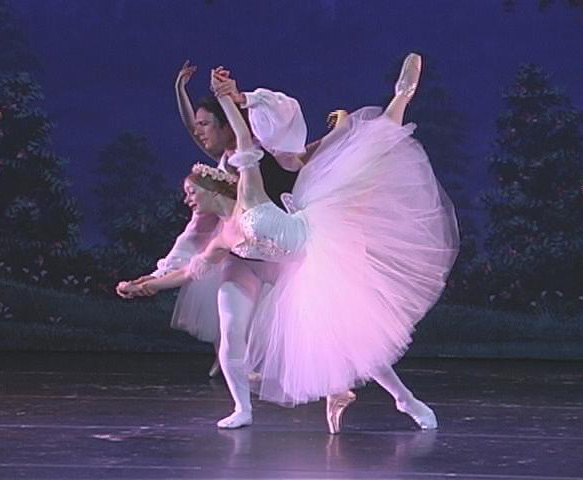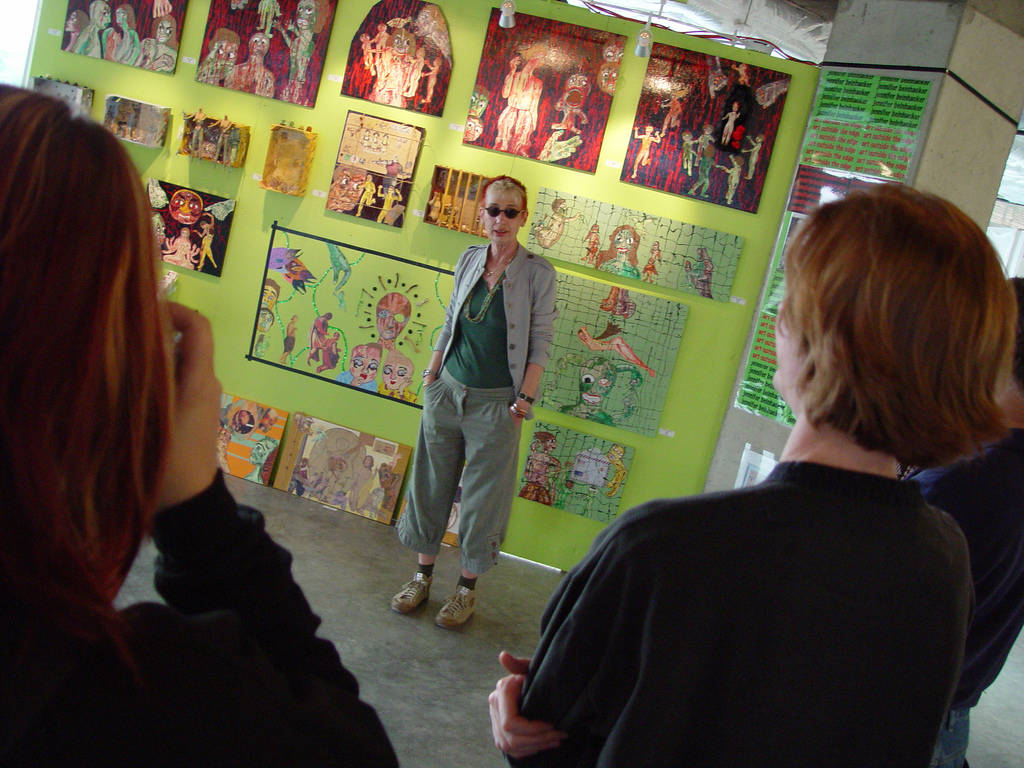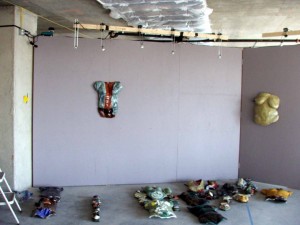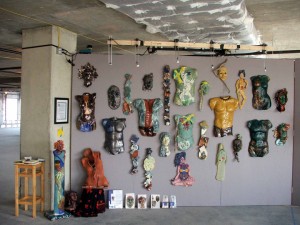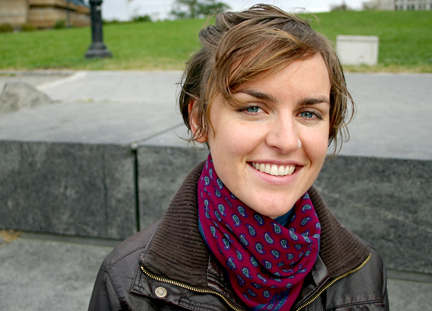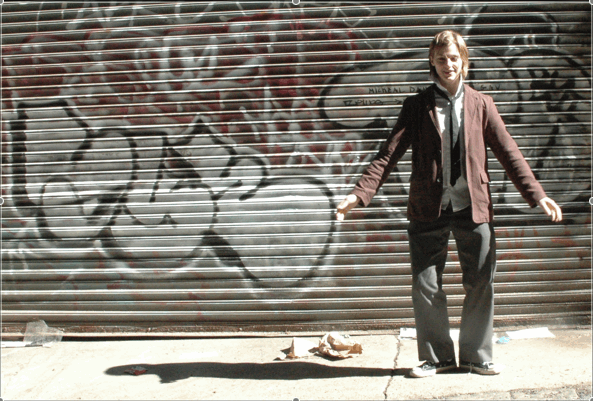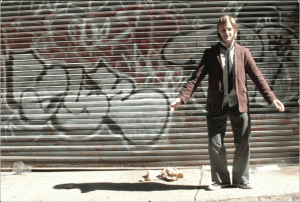Every now and then an exceptionally talented dancer appears and revolutionizes the art form. They create new steps, and by pushing the boundaries of technique, they set higher standards for everyone to achieve. Unfortunately, sometimes even the talented dancer himself does not quite know how he is doing it, or does not have time to share the knowledge with others. It is the teacher’s responsibility to understand, and to pass on the understanding to aspiring dancers.
The expectation of becoming very strong and very flexible is contradictory. Without proper guidance, it is easy to make mistakes. In ballet, the teacher tries to simplify a movement that is so complicated by naming it, and relying on the visual learning capability of the student. There are no details in the art of ballet; it is a fine detail as a whole. But because the movements are very complex, the student begins to learn without capturing the details. He is asked to show it in the future the way ‘his teacher said so’. To teach the movement the teacher must also help the student develop skill in visual learning. One mistake that a teacher can make is to assume that if the student does not get it he is not intelligent. Even the most talented pupils need time and training: technique.
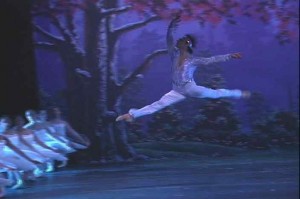 We start teaching with slower movements and music because we know that students of a young age are incapable of executing movements fast and correctly. Many teachers, realizing the difficulty of their task, prefer to teach the students with similar body types to their own, hoping to get faster results by relying on their own experience. But not only ‘perfect body types’ become good dancers, and many bodies that look similar on the outside actually function very differently from one another. Talent has many faces and comes in many different shapes and forms.
We start teaching with slower movements and music because we know that students of a young age are incapable of executing movements fast and correctly. Many teachers, realizing the difficulty of their task, prefer to teach the students with similar body types to their own, hoping to get faster results by relying on their own experience. But not only ‘perfect body types’ become good dancers, and many bodies that look similar on the outside actually function very differently from one another. Talent has many faces and comes in many different shapes and forms.
Aches, pains, and injuries are common in ballet training. But pain will create doubt in the mind, forcing the student to distance herself from the training. Students deserve a method that reduces injury, and encourages healing. This is the miracle that makes a teaching method work. Imagine we broke an arm, and a surgeon operates on us. If the body did not heal, we would now have to deal with a broken arm and the injuries from the operation. Getting injured before gaining total understanding of a method is a common disruption to learning, and to learning how to teach. A correct system is very important to classical ballet training, to overcome and prevent injuries.
Artists are made by performing. A syllabus (and by that I mean the entire dance program for students at a school) should contain the repertoire of the affiliated company and plenty of performance opportunities for the young and talented students. In the navy, there is a very selective and elite group of soldiers that are called “Seals”. The idea is that nobody really becomes a navy seal, but through a vigorous and long test, the instructors (who also had to go through the test and completed it successfully) and the candidates find out the ones who were born with it. Talent has to be discovered, and ballet students need more than technique class to find their talent.
Despite the fact that it is very hard and sometimes painful, watching ourselves dance is one of the best ways to learn how to correct our mistakes. Let us face it; we are our own worst critic. Seeing ourselves the way the others do is another way to learn how to improve. It also helps to create a bond and trust with the teacher, because in seeing ourselves dance we learn to assess the corrections we have received and compare their results.
Part of the artistry – going beyond technique – is to make it look easy and effortless. We are often disappointed to realize that we are faced with teachers who as students and professionals were so busy trying to survive the system they never learned how to teach. Teachers must possess the qualities that they expect to teach their students.
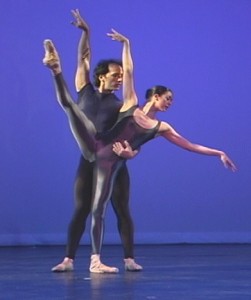 Cem Catbas, Artistic Director of Baltimore Ballet School, and co-founder and Director of Baltimore Ballet Company, danced principal roles with Pittsburgh Ballet Theatre, the Istanbul State Opera and Ballet, the Istanbul Contemporary Ballet, and the Koblenz Ballet in Germany. Awards he has won include the 2006 and 2002 Individual Artist Award for excellence in solo dance performance from the Maryland State Arts Council, 1st prize in the 1st International Seleznyov Ballet Competition in 1991, and the Most Promising Dancer award from the city of Istanbul. He has a B.F.A. with honors from the Istanbul University State Conservatory where he studied with Ramazan Bapov, Nikolai Morozov, and Ludmilla Morkovina. He has worked with Ben Stevenson (Houston Ballet), Patricia Wilde (NYC Ballet), Marianna Tcherkassky and Terrence Orr (ABT), Richard Glasstone (Istanbul Ballet), and Kent Stowell (Pacific Northwest Ballet), among others. He has choreographed “The Nutcracker”, “Pictures at an Exhibition”, “A Gershwin Rhapsody”, “Carnival of the Animals”, excerpts from “Petrouschka” and “Scheherezade”, and staged “Les Sylphides,” the 2nd act of “Giselle”, “Swan Lake” and “La Bayadere” for Baltimore Ballet. He has been a judge for several competitions including the Frederick Arts Council. His students have gone on to dance professionally, have won numerous awards including 1st Prize at the regional Youth America Grand Prix Competition, and have been accepted into the most prestigious summer programs with full scholarships (including NYC Ballet’s School of American Ballet). He has been interviewed on WMAR-TV, WJZ-TV, and Comcast Local Edition. He has given Master Classes in the US, Canada, and Europe.
Cem Catbas, Artistic Director of Baltimore Ballet School, and co-founder and Director of Baltimore Ballet Company, danced principal roles with Pittsburgh Ballet Theatre, the Istanbul State Opera and Ballet, the Istanbul Contemporary Ballet, and the Koblenz Ballet in Germany. Awards he has won include the 2006 and 2002 Individual Artist Award for excellence in solo dance performance from the Maryland State Arts Council, 1st prize in the 1st International Seleznyov Ballet Competition in 1991, and the Most Promising Dancer award from the city of Istanbul. He has a B.F.A. with honors from the Istanbul University State Conservatory where he studied with Ramazan Bapov, Nikolai Morozov, and Ludmilla Morkovina. He has worked with Ben Stevenson (Houston Ballet), Patricia Wilde (NYC Ballet), Marianna Tcherkassky and Terrence Orr (ABT), Richard Glasstone (Istanbul Ballet), and Kent Stowell (Pacific Northwest Ballet), among others. He has choreographed “The Nutcracker”, “Pictures at an Exhibition”, “A Gershwin Rhapsody”, “Carnival of the Animals”, excerpts from “Petrouschka” and “Scheherezade”, and staged “Les Sylphides,” the 2nd act of “Giselle”, “Swan Lake” and “La Bayadere” for Baltimore Ballet. He has been a judge for several competitions including the Frederick Arts Council. His students have gone on to dance professionally, have won numerous awards including 1st Prize at the regional Youth America Grand Prix Competition, and have been accepted into the most prestigious summer programs with full scholarships (including NYC Ballet’s School of American Ballet). He has been interviewed on WMAR-TV, WJZ-TV, and Comcast Local Edition. He has given Master Classes in the US, Canada, and Europe.
